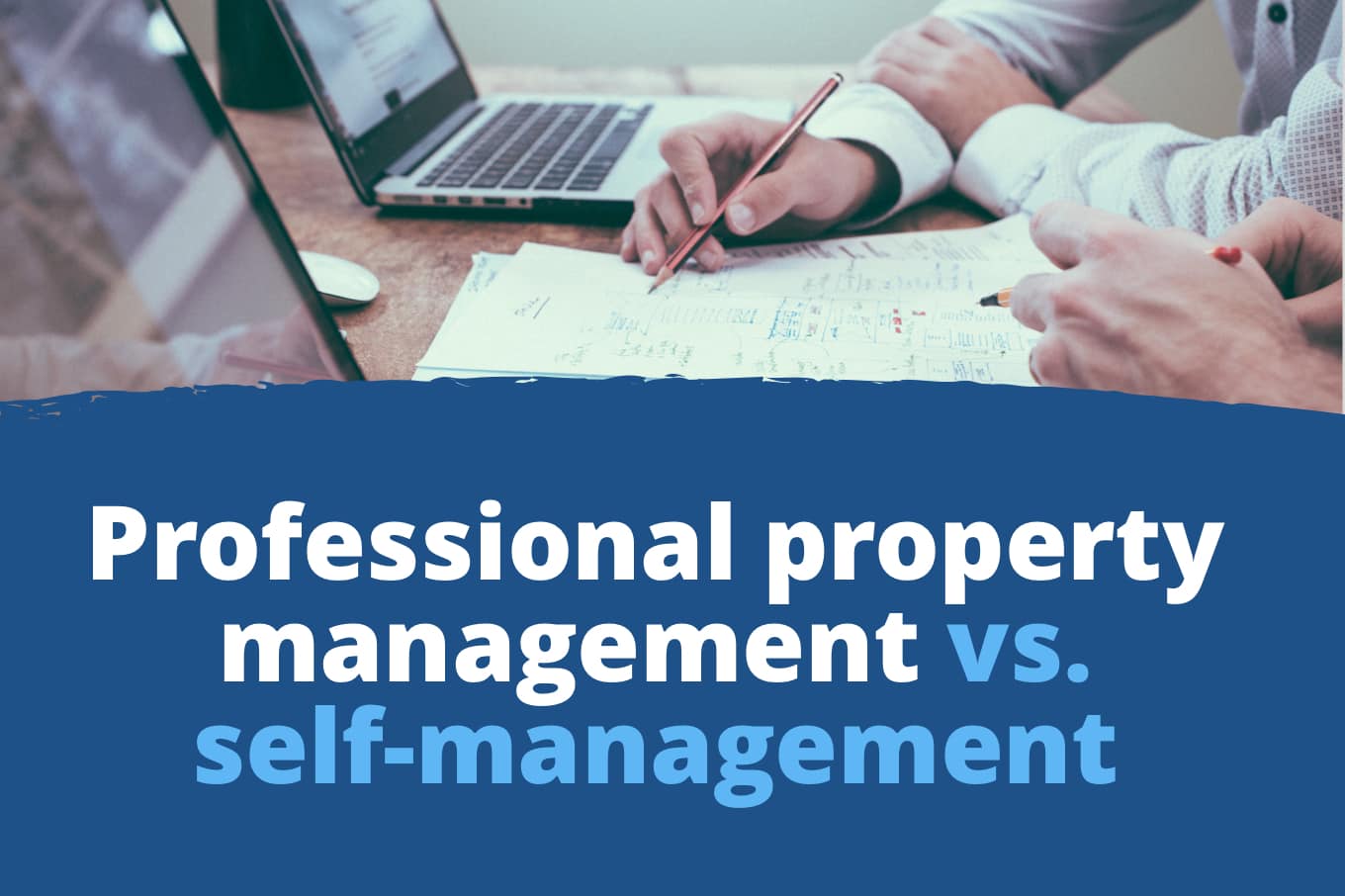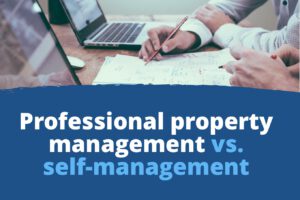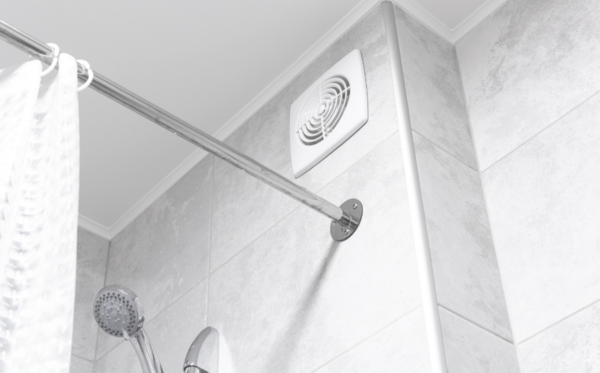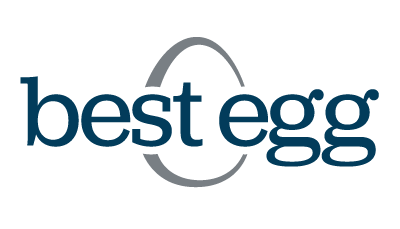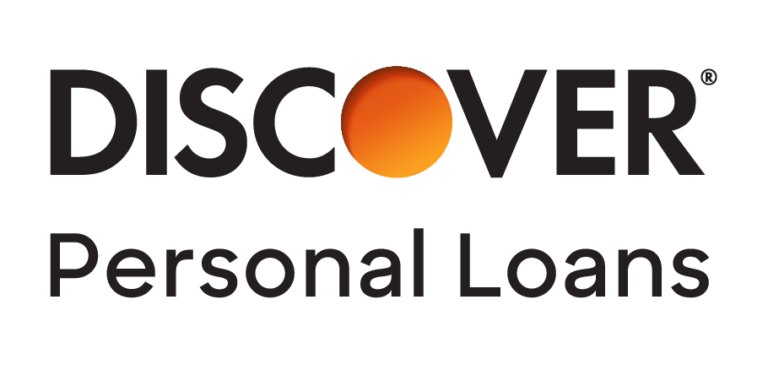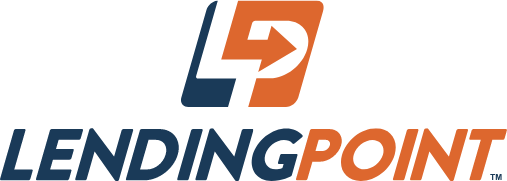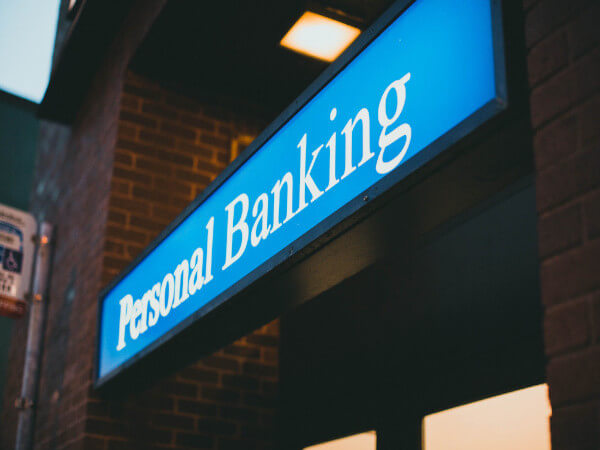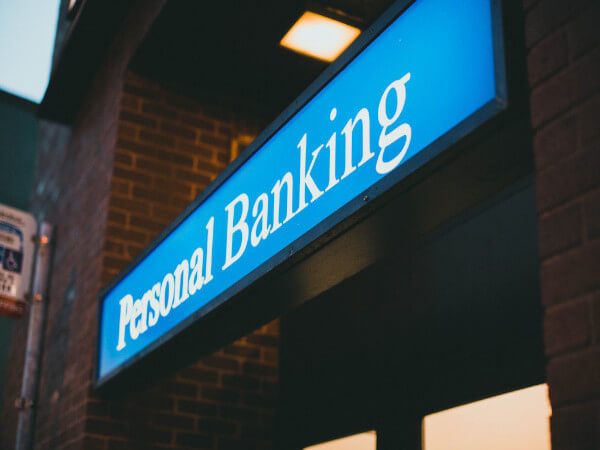A tiny home generally refers to a home that’s 500 square feet or less. Because these structures are much smaller than traditional homes, buying one could be much more affordable in comparison.
Tiny homes cost $45,000 on average — but if you get one with few amenities, it could set you back as little as $8,000, according to HomeAdvisor. Additionally, there are several options that could help you finance a tiny home purchase, such as taking out a personal loan.
If you’re thinking about using a personal loan for tiny home financing, here’s what you should know:
Tiny home loan typesFinancing a tiny home: additional considerations
Tiny home loan types
If you’re looking to finance a tiny home, you likely won’t be able to use a traditional mortgage. While mortgage lenders don’t often disclose their minimum loan amounts, mortgages typically aren’t offered under $60,000 — meaning a tiny home purchase probably won’t qualify.
The good news is that there are several options available that could help you finance a tiny home purchase, including:
Personal loans
A personal loan is a type of installment loan that can be used for almost any personal expense, such as a tiny home. These loans are offered by a few types of lenders, including online lenders, banks, and credit unions.
You can typically borrow $600 to $100,000 with a personal loan and will have one to seven years to repay it, depending on the lender. Additionally, most personal loans are unsecured — meaning you don’t have to worry about collateral.
Tip: You’ll generally need good to excellent credit to qualify for a personal loan — a good credit score is usually considered to be 700 or higher. There are also several lenders that provide personal loans for bad credit, but these loans tend to come with higher interest rates compared to good credit loans.
If you have poor credit and are struggling to get approved, consider applying with a creditworthy cosigner to improve your chances. Not all lenders allow cosigners on personal loans, but some do. Even if you don’t need a cosigner to qualify, having one could get you a lower interest rate than you’d get on your own.
If you decide to take out a personal loan, be sure to consider as many lenders as possible. This way, you can find the right loan for your needs.
Credible makes this easy: You can compare your prequalified rates from our partner lenders in the table below in just two minutes — without affecting your credit.
LenderFixed ratesLoan amountsLoan terms (years)Time to fund

Credible Rating>

Credible lender ratings are evaluated by our editorial team with the help of our loan operations team. The rating criteria for lenders encompass 78 data points spanning interest rates, loan terms, eligibility requirement transparency, repayment options, fees, discounts, customer service, cosigner options, and more. Read our full methodology.





View details>
9.95% – 35.99% APR$2,000 to $35,0002, 3, 4, 5*As soon as the next business day (if approved by 4:30 p.m. CT on a weekday)Fixed APR:
9.95% – 35.99% APRVariable APR:
N/AMin. credit score:
550Loan amount:
$2,000 to $35,000**Loan terms (years):
2, 3, 4, 5*Time to fund:
As soon as the next business day (if approved by 4:30 p.m. CT on a weekday)Fees:
Origination feeDiscounts:
AutopayEligibility:
Available in all states except CO, IA, HI, VT, NV NY, WVCustomer service:
Phone, emailSoft credit check:
YesLoan servicer:
AvantLoan Uses:
Debt consolidation, emergency expense, life event, home improvement, and other purposesMin. Income:
$1,200 monthly

Credible Rating>

Credible lender ratings are evaluated by our editorial team with the help of our loan operations team. The rating criteria for lenders encompass 78 data points spanning interest rates, loan terms, eligibility requirement transparency, repayment options, fees, discounts, customer service, cosigner options, and more. Read our full methodology.





View details>
6.79% – 17.99% APR$10,000 to $50,0003, 4, 5, 6Next business dayFixed APR:
6.79% – 17.99% APRVariable APR:
N/AMin. credit score:
700Loan amount:
$10,000 to $50,000Loan terms (years):
3 to 6Time to fund:
Next business dayFees:
No prepayment penaltyDiscounts:
NoneEligibility:
Available in all 50 statesCustomer service:
PhoneSoft credit check:
YesMin. Income:
Does not discloseLoan Uses:
Debt consolidation, home improvement, self-employment, and other purposes

Credible Rating>

Credible lender ratings are evaluated by our editorial team with the help of our loan operations team. The rating criteria for lenders encompass 78 data points spanning interest rates, loan terms, eligibility requirement transparency, repayment options, fees, discounts, customer service, cosigner options, and more. Read our full methodology.





View details>
4.99% – 35.99% APR$5,000 to $35,0002, 3, 4, 5As soon as 1 – 3 business days after successful verificationFixed APR:
4.99% – 35.99% APRVariable APR:
N/AMin. credit score:
600Loan amount:
$2,000 to $50,000Loan terms (years):
2, 3, 4, 5Time to fund:
As soon as 1 – 3 business days after successful verificationFees:
Origination feeDiscounts:
NoneEligibility:
Available in all states except DC, IA, VT, and WVCustomer service:
PhoneSoft credit check:
YesLoan servicer:
Best Egg and Blue Ridge BankMin. Income:
NoneLoan Uses:
Credit card refinancing, debt consolidation, home improvement, and other purposes
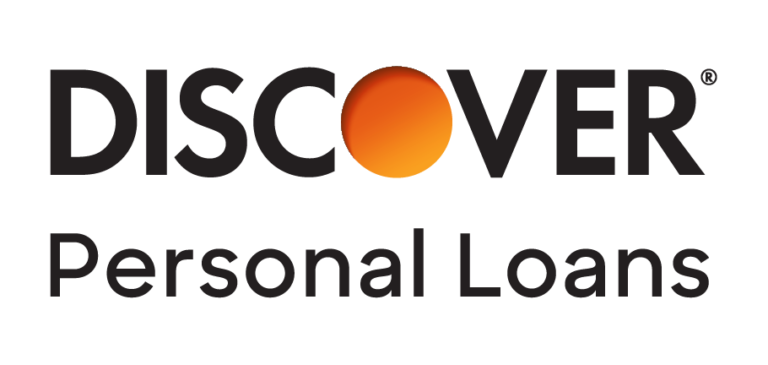
Credible Rating>

Credible lender ratings are evaluated by our editorial team with the help of our loan operations team. The rating criteria for lenders encompass 78 data points spanning interest rates, loan terms, eligibility requirement transparency, repayment options, fees, discounts, customer service, cosigner options, and more. Read our full methodology.





View details>
5.99% – 24.99% APR$2,500 to $35,0003, 4, 5, 6, 7As soon as the next business day after acceptanceFixed APR:
5.99% – 24.99% APRMin. credit score:
660Loan amount:
$2,500 to $35,000Loan terms (years):
3, 4, 5, 6, 7Time to fund:
As soon as the next business day after acceptanceFees:
Late feeDiscounts:
NoneEligibility:
Available in all 50 statesCustomer service:
PhoneSoft credit check:
YesLoan Uses:
Auto repair, credit card refinancing, debt consolidation, home remodel or repair, major purchase, medical expenses, taxes, vacation, and wedding

Credible Rating>

Credible lender ratings are evaluated by our editorial team with the help of our loan operations team. The rating criteria for lenders encompass 78 data points spanning interest rates, loan terms, eligibility requirement transparency, repayment options, fees, discounts, customer service, cosigner options, and more. Read our full methodology.





View details>
7.99% – 29.99% APR$10,000 to $50,0002, 3, 4, 5As soon as 2 business daysFixed APR:
7.99% – 29.99% APRMin. credit score:
Does not discloseLoan amount:
$10,000 to $50,000Loan terms (years):
2, 3, 4, 5Time to fund:
As soon as 2 business daysFees:
Origination feeDiscounts:
NoEligibility:
Available in all states except CO, CT, HI, KS, NH, NY, ND, OR, VT, WV, WI, and WYCustomer service:
PhoneSoft credit check:
YesMin. Income:
NoneLoan Uses:
Debt consolidation, home improvement, wedding, travel, medical expenses, and other purposes

Credible Rating>

Credible lender ratings are evaluated by our editorial team with the help of our loan operations team. The rating criteria for lenders encompass 78 data points spanning interest rates, loan terms, eligibility requirement transparency, repayment options, fees, discounts, customer service, cosigner options, and more. Read our full methodology.





View details>
7.04% – 35.89% APR$1,000 to $40,0003, 5Usually takes about 2 daysFixed APR:
7.04% – 35.89% APRMin. credit score:
600Loan amount:
$1,000 to $40,000Loan terms (years):
3, 5Time to fund:
Usually takes about 2 daysFees:
Origination feeDiscounts:
NoneEligibility:
Available in all 50 statesCustomer service:
Phone, emailSoft credit check:
YesLoan servicer:
LendingClub BankMin. Income:
NoneLoan Uses:
Debt consolidation, paying off credit cards, home improvement, pool loans, vacations, and other purposes
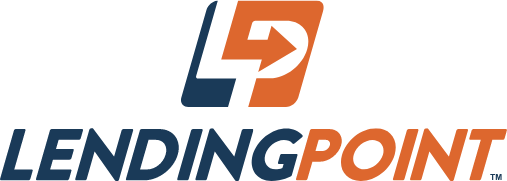
Credible Rating>

Credible lender ratings are evaluated by our editorial team with the help of our loan operations team. The rating criteria for lenders encompass 78 data points spanning interest rates, loan terms, eligibility requirement transparency, repayment options, fees, discounts, customer service, cosigner options, and more. Read our full methodology.





View details>
9.99% – 35.99% APR$2,000 to $36,5002, 3, 4As soon as the next business dayFixed APR:
9.99% – 35.99% APRMin. credit score:
580Loan amount:
$2,000 to $36,500Loan terms (years):
2, 3, 4Time to fund:
As soon as the next business dayFees:
Origination feeDiscounts:
AutopayEligibility:
Available in all states except NV and WVCustomer service:
Phone, emailSoft credit check:
YesMin. Income:
$20,000Loan Uses:
Home improvement, consolidate debt, credit card refinancing, relocate, make a large purchase, and other purposes

Credible Rating>

Credible lender ratings are evaluated by our editorial team with the help of our loan operations team. The rating criteria for lenders encompass 78 data points spanning interest rates, loan terms, eligibility requirement transparency, repayment options, fees, discounts, customer service, cosigner options, and more. Read our full methodology.





View details>
2.49% – 19.99% APR$5,000 to $100,0002, 3, 4, 5, 6, 7
(up to 12 years for home improvement loans)As soon as the same business dayFixed APR:
2.49% – 19.99% APRMin. credit score:
660Loan amount:
$5,000 to $100,000Loan terms (years):
2, 3, 4, 5, 6, 7*Time to fund:
As soon as the same business dayFees:
NoneDiscounts:
AutopayEligibility:
Available in all states except RI and VTCustomer service:
Phone, emailSoft credit check:
NoLoan servicer:
LightStreamMin. Income:
Does not discloseLoan Uses:
Credit card refinancing, debt consolidation, home improvement, and other purposes

Credible Rating>

Credible lender ratings are evaluated by our editorial team with the help of our loan operations team. The rating criteria for lenders encompass 78 data points spanning interest rates, loan terms, eligibility requirement transparency, repayment options, fees, discounts, customer service, cosigner options, and more. Read our full methodology.





View details>
6.99% – 19.99% APR1$3,500 to $40,00023, 4, 5, 6, 7Many Marcus customers receive funds in as little as three daysFixed APR:
6.99% – 19.99% APR1Min. credit score:
660
(TransUnion FICO®️ Score 9)Loan amount:
$3,500 to $40,0002Loan terms (years):
3, 4, 5, 6Time to fund:
Many Marcus customers receive funds in as little as three daysFees:
NoneDiscounts:
AutopayEligibility:
Available in all 50 statesCustomer service:
PhoneSoft credit check:
YesLoan servicer:
Goldman SachsMin. Income:
$30,000Loan Uses:
Credit card refinancing, debt consolidation, home improvement, major purchase, and other purposes

Credible Rating>

Credible lender ratings are evaluated by our editorial team with the help of our loan operations team. The rating criteria for lenders encompass 78 data points spanning interest rates, loan terms, eligibility requirement transparency, repayment options, fees, discounts, customer service, cosigner options, and more. Read our full methodology.





View details>
18.0% – 35.99% APR$1,500 to $20,0002, 3, 4, 5As soon as the same day, but usually requires a visit to a branch officeFixed APR:
18.0% – 35.99% APRMin. credit score:
NoneLoan amount:
$1,500 to $20,000Loan terms (years):
2, 3, 4, 5Time to fund:
As soon as the same day, but usually requires a visit to a branch officeFees:
Origination feeDiscounts:
NoneEligibility:
Must have photo I.D. issued by U.S. federal, state or local governmentCustomer service:
Phone, emailSoft credit check:
YesMin. Income:
Does not disclose

Credible Rating>

Credible lender ratings are evaluated by our editorial team with the help of our loan operations team. The rating criteria for lenders encompass 78 data points spanning interest rates, loan terms, eligibility requirement transparency, repayment options, fees, discounts, customer service, cosigner options, and more. Read our full methodology.





View details>
4.99% – 17.99% APR$600 to $50,000
(depending on loan term)1, 2, 3, 4, 52 to 4 business days after verificationFixed APR:
4.99% – 17.99% APRMin. credit score:
660Loan amount:
$600 to $50,000*Loan terms (years):
1, 2, 3, 4, 5Time to fund:
2 to 4 business days after verificationFees:
NoneDiscounts:
NoneEligibility:
Does not discloseCustomer service:
Phone, emailSoft credit check:
NoMin. Income:
Does not discloseLoan Uses:
Debt consolidation, home improvement, transportation, medical, dental, life events

Credible Rating>

Credible lender ratings are evaluated by our editorial team with the help of our loan operations team. The rating criteria for lenders encompass 78 data points spanning interest rates, loan terms, eligibility requirement transparency, repayment options, fees, discounts, customer service, cosigner options, and more. Read our full methodology.





View details>
6.95% – 35.99% APR$2,000 to $40,0003, 5As soon as one business dayFixed APR:
6.95% – 35.99% APRMin. credit score:
640Loan amount:
$2,000 to $40,000Loan terms (years):
3, 5Time to fund:
As soon as one business dayFees:
Origination feeDiscounts:
NoneEligibility:
Available in all states except IA, ND, WVCustomer service:
Phone, emailSoft credit check:
YesMin. Income:
NoneLoan Uses:
Debt consolidation, home improvement, vehicles, small business, new baby expenses, and other purposes

Credible Rating>

Credible lender ratings are evaluated by our editorial team with the help of our loan operations team. The rating criteria for lenders encompass 78 data points spanning interest rates, loan terms, eligibility requirement transparency, repayment options, fees, discounts, customer service, cosigner options, and more. Read our full methodology.





View details>
4.74% – 19.28% APR10$5,000 to $100,0002, 3, 4, 5, 6, 73 business daysFixed APR:
4.74% – 19.28% APR10Min. credit score:
Does not discloseLoan amount:
$5,000 to $100,000Loan terms (years):
2, 3, 4, 5, 6, 7Time to fund:
3 business daysFees:
NoneDiscounts:
AutopayEligibility:
Available in all states except MSCustomer service:
Phone, emailSoft credit check:
YesMin. Income:
Does not discloseLoan Uses:
Solely for personal, family, or household uses

Credible Rating>

Credible lender ratings are evaluated by our editorial team with the help of our loan operations team. The rating criteria for lenders encompass 78 data points spanning interest rates, loan terms, eligibility requirement transparency, repayment options, fees, discounts, customer service, cosigner options, and more. Read our full methodology.





View details>
8.93% – 35.93% APR7$1,000 to $50,0003 to 5 years 8Within one day, once approved9Fixed APR:
8.93% – 35.93% APR7Min. credit score:
560Loan amount:
$1,000 to $50,000Loan terms:
3 to 5 years 8Time to fund:
Within one day, once approved9Loan types:
Debt consolidation, pay off credit cards, home improvements, unexpected expenses, home and auto repairs, weddings, and other major purchasesFees:
Origination feeDiscounts:
AutopayEligibility:
A U.S. citizen or permanent resident; not available in DC, SC, WVCustomer service:
Phone, emailSoft credit check:
Yes

Credible Rating>

Credible lender ratings are evaluated by our editorial team with the help of our loan operations team. The rating criteria for lenders encompass 78 data points spanning interest rates, loan terms, eligibility requirement transparency, repayment options, fees, discounts, customer service, cosigner options, and more. Read our full methodology.





View details>
5.94% – 35.97% APR$1,000 to $50,0002, 3, 5, 6Within a day of clearing necessary verificationsFixed APR:
5.94% – 35.97% APRMin. credit score:
560Loan amount:
$1,000 to $50,000*Loan terms (years):
2, 3, 5, 6Time to fund:
Within a day of clearing necessary verificationsFees:
Origination feeDiscounts:
AutopayEligibility:
Available in all states except West VirginiaCustomer service:
EmailSoft credit check:
YesMin. Income:
Does not discloseLoan Uses:
Debt consolidation, credit card refinancing, home improvement, and other purposes

Credible Rating>

Credible lender ratings are evaluated by our editorial team with the help of our loan operations team. The rating criteria for lenders encompass 78 data points spanning interest rates, loan terms, eligibility requirement transparency, repayment options, fees, discounts, customer service, cosigner options, and more. Read our full methodology.





View details>
4.37% – 35.99% APR4$1,000 to $50,00053 to 5 years4As fast as 1 business day6Fixed APR:
4.37% – 35.99% APR4Min. credit score:
580Loan amount:
$1,000 to $50,0005Loan terms (years):
3 to 5 years4Time to fund:
As fast as 1 business day6Fees:
Origination feeDiscounts:
NoneEligibility:
Available in all 50 statesCustomer service:
Phone, emailSoft credit check:
YesMin. Income:
$12,000Loan Uses:
Payoff credit cards, consolidate debt, take a course or bootcamp, relocate, make a large purchase, and other purposesCompare rates from these lenders without affecting your credit score. 100% free!
Compare Now
Trustpilot
All APRs reflect autopay and loyalty discounts where available | LightStream disclosure | 10SoFi Disclosures | Read more about Rates and Terms
Builder financing
Some tiny home builders offer their own financing programs, often in partnership with a third-party financial institution.
Interest rates and terms can vary widely with these options, so be sure to read the fine print carefully and ask any questions you might have to make sure you fully understand what you’re agreeing to.
Keep in mind: Some builders might require a down payment to secure financing — this could range anywhere from 10% to 20%, depending on the lender.
Learn More: Best Personal Loan Companies
Home equity loan or HELOC
If you already own a home, you might be able to tap into your home’s equity with a home equity loan or home equity line of credit (HELOC). With these options, you might be able to access 75% to 85% of your home’s equity, depending on the lender and the value of your home.
Here’s how they work:
Home equity loanLike personal loans, home equity loans are installment loans that typically come with fixed rates. Because a home equity loan is secured by your home, you’ll likely get a lower rate than you’d get on a personal loan. However, this also means you risk losing your home if you can’t make your payments.HELOCUnlike a home equity loan, a HELOC gives you access to a revolving credit line that you can repeatedly draw on and payoff — similar to a credit card. HELOCs also tend to come with variable rates, which means your rate could fluctuate with market conditions. Also remember that because your home acts as collateral for a HELOC, you risk foreclosure if you don’t keep up with your payments.How do I calculate my home’s equity? To calculate the equity in your home, you’ll subtract your current mortgage balance from your home’s current market or appraised value.
For example, if your home is worth $400,000 and you owe $300,000, then your home’s equity is $100,000.
Check Out: Personal Loan Requirements
Financing a tiny home: additional considerations
While the cost of a tiny home could be low, here are a few additional considerations to keep in mind:
Will you have to buy land?
You’ll need a place to build your home if you want a permanent structure — which means you’ll need to also purchase land. Depending on the location, this could end up being much more expensive than the actual house.
Keep in mind: If you’re thinking about buying raw, undeveloped land, then you’ll have to account for preparing the land for construction as well as getting it hooked up with water, power, and other amenities.
You’ll also need to consider local building codes and how much it will cost to make sure your dwelling is up to code. For example, some areas require that sleeping lofts in tiny homes have an automatic sprinkler system, which is another extra cost to budget for.
How will you pay for home maintenance?
Like any other home, tiny homes also come with maintenance costs. For example, you might need to service your plumbing, appliances, and other home systems. Plus, if your tiny home is on wheels, you might need to purchase and maintain a truck to haul it.
Learn More: Personal Loan Calculator: See Your Payments On a Loan
Will the home be on wheels?
If you’re planning to build or purchase a tiny home on wheels, you might be eligible for a recreational vehicle (RV) loan. Many of these loans use the RV (or tiny home) as collateral, which means you might get a lower rate compared to a standard unsecured loan.
Keep in mind: There are also lenders that offer unsecured RV loans — for example, Credible’s partner lender LightStream offers RV loans from $5,000 to $100,000 and doesn’t require collateral.
If you decide to take out a personal loan for a tiny home, remember to consider as many lenders as you can to find the right loan for your situation.
This is easy with Credible — you can compare your prequalified rates from multiple lenders in two minutes.
Ready to find your personal loan?
Credible makes it easy to find the right loan for you.
Free to use, no hidden feesOne simple form, easy to fill out and your info is protectedMore options, pick the loan option that best fits your personal needsHere for you. Our team is here to help you reach your financial goalsFind My Rate
Checking rates won’t affect your credit
Trustpilot
The post Tiny Home Financing: What Are My Loan Options? appeared first on Credible.
Did you miss our previous article…
https://corazoncrm.org/?p=841



